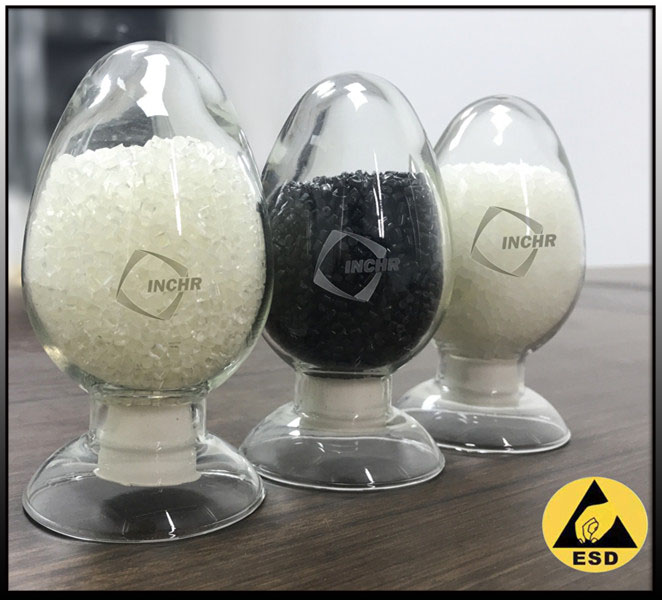In today’s hyper-connected industrial landscape, a single electrostatic discharge (ESD) can cripple semiconductor production lines, trigger explosions in chemical plants, or compromise medical device sterility.ESD Plastics have emerged as unsung heroes—engineered materials blending precise conductivity with robust functionality to neutralize these invisible threats. From carbon-black composites to cutting-edge ionic liquid technologies, discover how innovation is redefining ESD protection.
Why Static Control Is Mission-Critical
Static electricity poses far more than a minor annoyance. For industries handling flammable substances (e.g., petroleum, explosives), electrostatic sparks risk catastrophic fires. Even in cleanrooms, static-attracted dust contaminates products. Antistatic plastics mitigate these dangers by safely dissipating charges, with surface resistivity engineered between 10⁶–10¹² Ω—the optimal range to prevent charge accumulation.

Traditional Approaches: Conductive Fillers Pave the Path
Early antistatic plastics relied on conductive additives to create discharge pathways:
Carbon Black & Carbon Fiber: Industry staples for polyolefins (PE/PP), PC, and TPU. With 15–40% loading, plastics achieve stable resistivity (10⁶–10⁹ Ω). However, high filler content compromises mechanical strength and limits color options (predominantly black).
Metal Fibers/Powders: Stainless steel or copper enhances conductivity but increases weight/cost. Ideal for EMI shielding where antistatic performance is secondary.
While effective, these fillers face limitations in precision applications. Humidity fluctuations disrupt performance, and achieving transparency remains challenging.
Next-Gen Innovations: Intelligence, Stability & Sustainability
Recent breakthroughs prioritize precision, environmental resilience, and multifunctionality:
Ionic Liquids (ILs): These low-melting salts revolutionize transparent polymers. Blended into TPU or POM at just 2–4% loading, ILs create ion-conductive networks, reducing surface resistivity to 10⁹–10¹⁰ Ω without sacrificing optical clarity or flexibility. Crucially, ILs resist humidity variations—ideal for medical/optical applications.
Nanocomposites: Nano-Fe₃O₄ (magnetite) infused into cellulose films via in-situ co-precipitation boosts tensile strength by 40% while slashing resistivity. The result? Biodegradable packaging with humidity-independent ESD protection.
Multifunctional Fibers: Beyond plastics, materials like nano-bamboo charcoal polyester fibers merge antistatic properties with antimicrobial action, moisture-wicking, and far-infrared radiation—enabling “smart” protective textiles.
Where ESD Plastics Deliver Impact
Electronics: Carbon fiber reinforced PC trays (10⁶–10⁹ Ω) shield ICs/LCDs during handling. TPU films protect transparent sensor covers.
Explosives Handling: POM alloys with ILs ensure static-safe packaging for gunpowder/explosives when combined with grounding protocols.
Energy & Pharma: Antistatic TPU with UL94 V-0 flame resistance secures chemical facilities. Transparent IL-TPU maintains cleanroom sterility.
The Future: Smarter, Greener, Integrated
The next frontier integrates real-time static monitoring via embedded sensors and promotes biodegradable solutions like cellulose nanocomposites. As Industry 4.0 demands lighter, smarter materials, antistatic plastics will evolve beyond “passive” protection—becoming active guardians of safety and efficiency.
“In high-risk sectors, static control isn’t optional—it’s existential. The right antistatic material is the difference between safety and disaster.”
– Industrial Safety Engineer, Nagogem Tech




